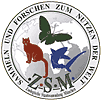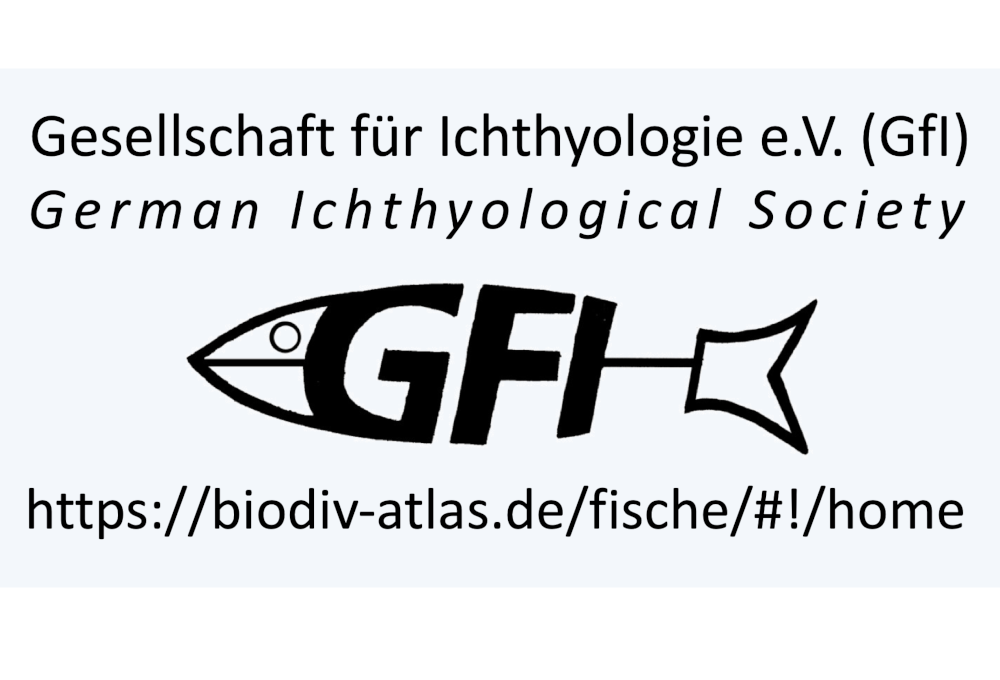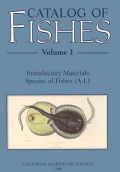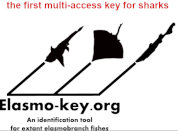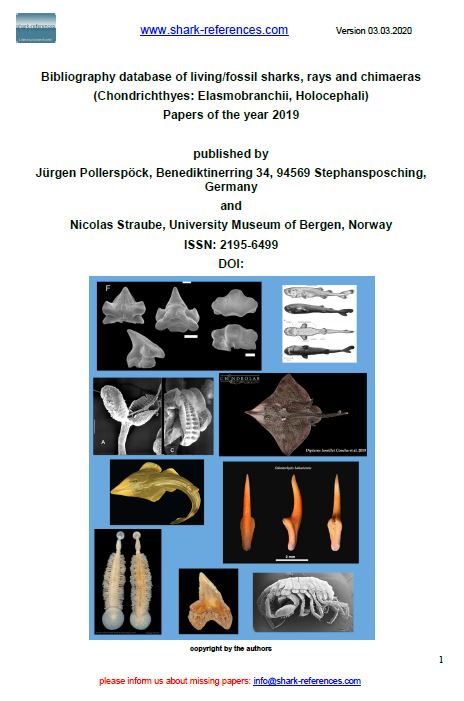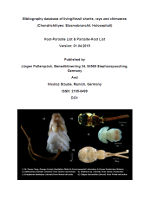Rhizoprionodon oligolinx
Springer, 1964
Grey sharpnose shark
Classification: Elasmobranchii Carcharhiniformes Carcharhinidae
Reference of the original description
A revision of the carcharhinid shark genera Scoliodon, Loxodon, and Rhizoprionodon. Proceedings of the United States National Museum, 115(3493), 559–632
A revision of the carcharhinid shark genera Scoliodon, Loxodon, and Rhizoprionodon. Proceedings of the United States National Museum, 115(3493), 559–632
Image of the original description
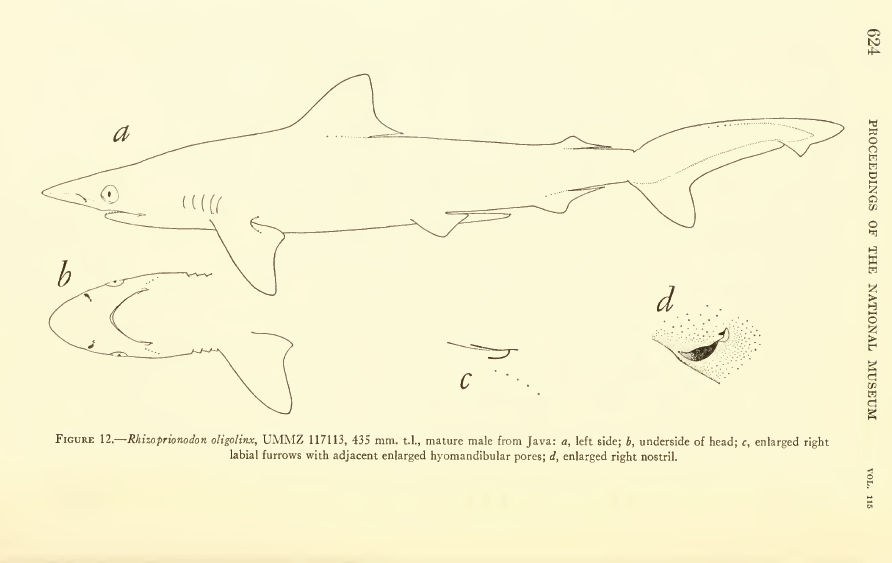
Rhizoprionodon oligolinx Springer, 1964, UMMZ 117113, 435 mm TL, mature male from Java, Indonesia

Rhizoprionodon oligolinx Springer, 1964, UMMZ 117113, 435 mm TL, mature male from Java, Indonesia
Synonyms / new combinations and misspellings
Rhizoprionodon (Protozygaena) oligolinx
Rhizoprionodon (Protozygaena) oligolinx
Types
Rhizoprionodon oligolinx
Holotype: USNM: 196799 Paratype: ANSP: 87215; ANSP: 88351; BMNH: (10 lots) CAS: (4 lots) FMNH: 58887; FMNH: 15653; FMNH: 15654; ISZZ: 7533 MCZ: 111 (3 lots) MNHN: A-7772; MNHN: A-7783; MNHN: B-2173; NMV: uncat. (4 still researching) RMNH: 4713 SU: (3 lots) UMMZ: 177113; USNM: 175349; ZMH: 25398 (old: ISH 5-1961); ZMUC: (3 lots) ZSZM: H1377 ZSZM: 10377
Rhizoprionodon oligolinx
Holotype: USNM: 196799 Paratype: ANSP: 87215; ANSP: 88351; BMNH: (10 lots) CAS: (4 lots) FMNH: 58887; FMNH: 15653; FMNH: 15654; ISZZ: 7533 MCZ: 111 (3 lots) MNHN: A-7772; MNHN: A-7783; MNHN: B-2173; NMV: uncat. (4 still researching) RMNH: 4713 SU: (3 lots) UMMZ: 177113; USNM: 175349; ZMH: 25398 (old: ISH 5-1961); ZMUC: (3 lots) ZSZM: H1377 ZSZM: 10377
Description :
Citation: Rhizoprionodon oligolinx Springer, 1964: In: Database of modern sharks, rays and chimaeras, www.shark-references.com, World Wide Web electronic publication, Version 12/2025
Please send your images of "Rhizoprionodon oligolinx" to info@shark-references.com

Rhizoprionodon oligolinx Springer, 1964, male, 88.3 cm, TL, 1.756 kg weight © G. M. MASUM BILLAH, Program Coordinator- Marine Mega-Fauna & Fisheries, Wildlife Conservation Society- Bangladesh Program (masumwcsbd@gmail.com)

Rhizoprionodon oligolinx Springer, 1964, male, 88.3 cm, TL, 1.756 kg weight © G. M. MASUM BILLAH, Program Coordinator- Marine Mega-Fauna & Fisheries, Wildlife Conservation Society- Bangladesh Program (masumwcsbd@gmail.com)
Common names
 Cazón picudo gris,
Cazón picudo gris,  Requin aiguille gris,
Requin aiguille gris,  Gray sharpnose shark,
Gray sharpnose shark,  Grey dog shark,
Grey dog shark,  Grey sharpnose shark
Grey sharpnose shark
 Cazón picudo gris,
Cazón picudo gris,  Requin aiguille gris,
Requin aiguille gris,  Gray sharpnose shark,
Gray sharpnose shark,  Grey dog shark,
Grey dog shark,  Grey sharpnose shark
Grey sharpnose shark
Short Description
Original diagnosis of SPRINGER, 1964 [2274]: Upper labial furrow poorly developed, 0.0-1.3 percent of TL (less than 1.0 percent in 37 out of 45 specimens); precaudal centra not obviously elongate in posterior monospondylous region (plate 2c); precaudal vertebrae greater in number than caudal vertebrae; anterior margin of pectoral fin shorter than total length of first dorsal fin; snout in front of nostrils 3.7-4.7 percent of total length (only 3 specimens over 575 mm. seen and snout length of only 1 of these was measured, 610 mm., 3.9 percent); total teeth in outer row of upper jaw 23-25 (23 in 30 out of 55 specimens); total teeth in outer row of lower jaw 21-24 (22 in 42 out of 55 specimens); total enlarged hyomandibular pores on both sides of head usually less than 16 (55 out of 56 specimens); first dorsal origin over, or just posterior to, level of appressed pectoral inner corner ; origin of second dorsal fin usually over a point just in advance of anal axil, but may occur as far forward as above posterior third of anal base; tip of appressed pectoral fin reaches to below level of anterior third or less of first dorsal base. Males maturing at less than 380 mm.
Original diagnosis of SPRINGER, 1964 [2274]: Upper labial furrow poorly developed, 0.0-1.3 percent of TL (less than 1.0 percent in 37 out of 45 specimens); precaudal centra not obviously elongate in posterior monospondylous region (plate 2c); precaudal vertebrae greater in number than caudal vertebrae; anterior margin of pectoral fin shorter than total length of first dorsal fin; snout in front of nostrils 3.7-4.7 percent of total length (only 3 specimens over 575 mm. seen and snout length of only 1 of these was measured, 610 mm., 3.9 percent); total teeth in outer row of upper jaw 23-25 (23 in 30 out of 55 specimens); total teeth in outer row of lower jaw 21-24 (22 in 42 out of 55 specimens); total enlarged hyomandibular pores on both sides of head usually less than 16 (55 out of 56 specimens); first dorsal origin over, or just posterior to, level of appressed pectoral inner corner ; origin of second dorsal fin usually over a point just in advance of anal axil, but may occur as far forward as above posterior third of anal base; tip of appressed pectoral fin reaches to below level of anterior third or less of first dorsal base. Males maturing at less than 380 mm.
Distribution
Indo-West Pacific: Persian Gulf east to Thailand, Indonesia, China, and Japan. Recorded from the Gulf of Carpentaria [1388] and Palau [517]. This species is very close to Rhizoprionodon taylori, but is geographically separated from it [517]. Source: www.gbif.org
Indo-West Pacific: Persian Gulf east to Thailand, Indonesia, China, and Japan. Recorded from the Gulf of Carpentaria [1388] and Palau [517]. This species is very close to Rhizoprionodon taylori, but is geographically separated from it [517]. Source: www.gbif.org
Human uses
fisheries: commercial
fisheries: commercial
Biology
Viviparous, placental [733]. With 3 to 5 young per litter [517] (Ref. 37816). Size at birth 20-30 cm TL [544](Ref. 37816). Distinct pairing with embrace [17086]. A little known inshore and offshore shark found on continental and insular shelves. Found to depths of at least 36 m. Probably feeds on fishes, cephalopods, and crustaceans.
Viviparous, placental [733]. With 3 to 5 young per litter [517] (Ref. 37816). Size at birth 20-30 cm TL [544](Ref. 37816). Distinct pairing with embrace [17086]. A little known inshore and offshore shark found on continental and insular shelves. Found to depths of at least 36 m. Probably feeds on fishes, cephalopods, and crustaceans.
Size / Weight / Age
70 cm TL (female)
70 cm TL (female)
Dentition
Cusps of teeth smooth to faintly irregular; posterior margins sometimes denticulate; anterior teeth of lower jaw of mature males distinct from those of females and young males (fig. 13); in mature males the cusps of the anterior teeth of the lower jaw (and sometimes upper) are slenderer and rounder in cross section than in females and young males [2274]
Cusps of teeth smooth to faintly irregular; posterior margins sometimes denticulate; anterior teeth of lower jaw of mature males distinct from those of females and young males (fig. 13); in mature males the cusps of the anterior teeth of the lower jaw (and sometimes upper) are slenderer and rounder in cross section than in females and young males [2274]
Remarks
shark-references Species-ID=6115;
shark-references Species-ID=6115;
Parasites (arranged by Jürgen Pollerspöck)
Cestoda
Cestoda
- Anthobothrium parimae Kamachali & Haseli, 2022 [30480]
- Anthobothrium samae Kamachali & Haseli, 2022 [30480]
- Anthobothrium shayani Kamachali & Haseli, 2022 [30480]
- Phoreiobothrium sarahae Javadi & Haseli, 2022 [30450]
- Scyphophyllidium garshai Panchah & Haseli, 2025 [34280]
